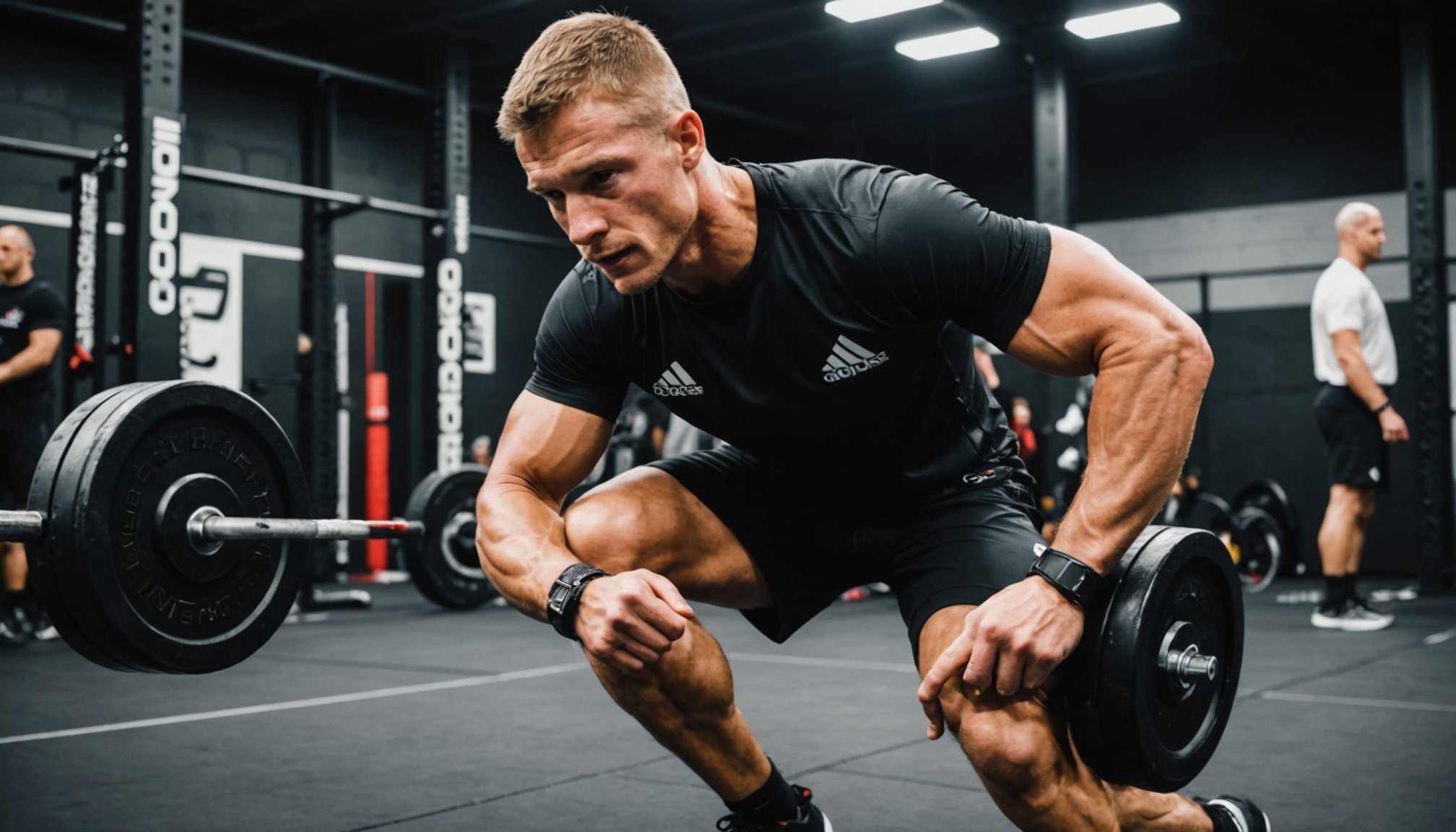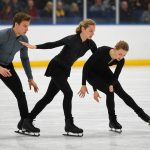Understanding Joint Mobility in Combat Sports
In the realm of combat sports, joint mobility is paramount for athletic performance. Joint mobility refers to the range of motion available at a joint, and its significance cannot be overstated for athletes. Proper joint mobility allows for fluid, efficient movements, a crucial factor in combat sports where agility and speed are vital. Athletes with enhanced joint mobility are often able to execute techniques more effectively and with greater power. However, this is not just about movement efficiency; the right level of joint mobility can also substantially reduce the risk of injury.
Combat sports competitors frequently encounter issues related to joint mobility, such as stiffness or limited range of motion in critical areas like the shoulders, hips, and ankles. These limitations can seriously impact their ability to perform optimally. Addressing these joint mobility issues can thus lead to not only performance improvements but also extended career longevity through preventative measures against common injuries. By incorporating regular flexibility and mobility training into their routine, athletes can maintain peak joint health, ensuring they are always at the top of their game.
Additional reading : Enhancing athletic recovery: the impact of massage therapy on combat sports athletes in the uk
Effective Exercises for Enhancing Joint Mobility
Combat sports athletes can greatly benefit from targeted joint mobility exercises that improve flexibility and prevent injuries. By incorporating diverse routines into their training, athletes can enhance their overall performance.
Dynamic Stretching Techniques
Dynamic stretching involves moving parts of your body through a full range of motion, preparing muscles and joints for activity. It is essential before training as it elevates muscle temperature and increases blood flow, thus optimising joint mobility. For instance, performing leg swings or lunges with a twist can effectively loosen hips and shoulders. Remember, it’s important to move steadily to avoid injury.
Static Stretching and Recovery
Post-training, static stretching assists in lengthening muscles and enhancing flexibility. Routines like holding a hamstring stretch for 30 seconds can make muscles pliable. It’s crucial for combat sports athletes to include such stretches regularly to maintain peak joint condition. During recovery periods, stretching supports reduced muscle tension and fatigue.
Strength Training for Joint Stability
Investing time in strength training forms a protective buffer against injuries. Exercises such as squats and planks bolster joint support, contributing to overall stability. Balancing these exercises with mobility work ensures comprehensive joint health, allowing athletes to sustain high-intensity performance while remaining resilient to common joint strains in combat sports.
Best Practices and Wellness Strategies
Maintaining optimal joint health in combat sports requires a holistic approach that includes wellness practices, nutrition, and recovery techniques. A balanced diet rich in omega-3 fatty acids, vitamins, and minerals is crucial for joint function and can alleviate inflammation, thus supporting athletic performance. Combat sports athletes must ensure they are adequately hydrated, as even mild dehydration can lead to stiffness and reduced joint mobility.
Incorporating regular recovery methods is equally important for sustaining peak joint health. Techniques such as foam rolling and massage can help in releasing muscle tension and facilitating faster recovery. Physiotherapy is highly effective for addressing specific joint issues or injuries, offering tailored solutions for each athlete’s needs. By combining these strategies, athletes not only enhance their performance but significantly reduce their risk of common injuries. Integrating these practices into daily routines can lead to a more robust, resilient body, capable of enduring the demands of combat sports training and competition.
Tailoring Joint Mobility Programs for Specific Combat Sports
Creating tailored joint mobility programs for each combat sport is vital for optimising performance and preventing injuries. Addressing sport-specific needs can significantly enhance an athlete’s capability and readiness during competition.
Joint Mobility in MMA
Mixed Martial Arts (MMA) demands flexibility and strength across various joints. Incorporating exercises such as hip openers and shoulder rotations can greatly improve manoeuvrability and power. It’s essential to integrate these exercises into weekly training schedules, ensuring they complement intensive routines.
Joint Mobility for Boxers
For boxers, upper body mobility is crucial. Shoulder stretches and wrist rotations help maintain agility and fluid punches. Footwork drills further enhance joint mobility, contributing to better balance and overall efficacy in the ring.
Enhancing Joint Mobility in Judo
Judo practitioners face unique mobility challenges, especially concerning grip and lower body flexibility. Incorporating stretching exercises like seated hip rotations and dynamic ankle mobilisations can address these effectively, facilitating smoother movements and throws.
Real-Life Applications and Case Studies
In the UK combat sports scene, many athletes report significant performance improvement due to tailored mobility training. These programs often focus on sport-specific exercises to enhance agility and technique execution. One such example is a prominent UK MMA fighter who incorporated regular hip and shoulder mobility drills. This athlete noted not only improved tactical manoeuvrability but also a marked reduction in shoulder injuries, showcasing the direct link between mobility work and injury prevention.
Testimonials from athletes often point to increased capacity for executing moves with speed and precision after engaging in joint-specific flexibility routines, underlining the real-world impact of mobility training. Coaches have observed that consistent mobility exercises, tailored to the demands of individual sports disciplines, result in considerably improved competitive readiness.
Case studies from across various UK combat sports illustrate a diverse approach to mobility. For instance, boxers engaging in extensive wrist and shoulder routines saw enhanced punch delivery fluidity, while judo practitioners benefited from bespoke grip and lower body exercises. The comparison of such practices highlights the importance of specialised, sport-specific training in optimising combat sports performance across the board.











